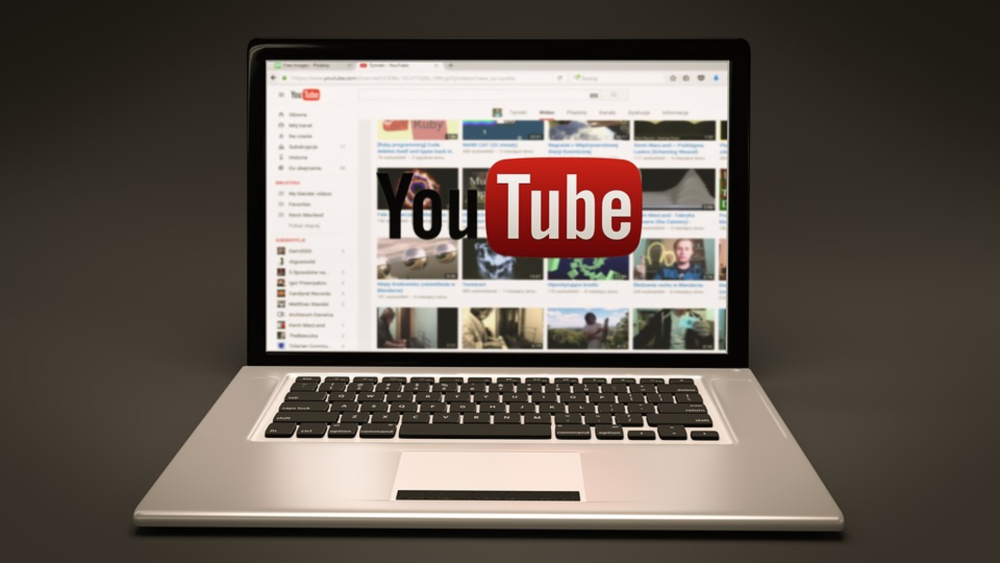Over the past several months, YouTube went from a marketer’s go-to to a marketing get out. On the surface, brands and marketers have become increasingly upset about ads running against controversial content on the video-streaming site. But beyond that, it provides a stark example to the ever-evolving question of ad placement.
Can platforms ensure the placement of ads? How can brands and marketers prevent negative ad placement? What strategies can brands and marketers use to avoid issues in the future? DMN spoke with some of the leading organizations in the field to determine the best methods of approach to avoid the ad placement madness. The below are direct quotes from each individual.
Jason Beckerman, CEO and Co-Founder at Unified
The main driver of brand risk is programmatic display, brands should avoid this at all costs by procuring video from safer platforms like Facebook, Twitter and Snapchat—vs millions of sites which can lead to greater risk.
First and foremost, leverage products that are curated, like ads with periscope where only certain channels publishers are allowed in. Brand should keep in mind that social mediums are built off identity—not cookies. Videos on social are contained in a feed and in their own frame, whereas YouTube was pre-rolled before unknown content— on social you own your block of inventory. Of course, you always run a risk of your ad showing up above or below another UGC item, but not before and associated with something risky.
Carl Erik Kjærsgaard, CEO and co-founder at Blackwood Seven.
The entire market place must agree on the terms for which they are trading and thereby commit to a shared understanding of cost, quality and time to market. It’s all about trust.
Each publisher must provide transparency about what content the ads will be shown against and take responsibility for ensuring the quality of these placements, at the price level they demand from the advertisers. And advertiser must be aware that price and quality are equal components when buying inventory. If advertisers demand low prices provide instantly, then quality will be as such. This is a shared obligation.”
Marika Roque, VP of Digital Media Activation over Mass2 and Lin Digital at Nexstar Digital LLC
The uproar around Google’s ad placement has forced brands to evaluate whether walled garden entities, like Google, are the most effective tools within which to publish. Google and partners like them have tremendous brand recognition and offer exclusive and custom executions, yet there can be a lot of risk involved. Walled gardens limit partners in terms of what types of content they can filter, and essentially, leads to a lack of transparency and the ability to target ideal audiences for brands. These partnerships can also create a conflict of interest where profits and scale are prioritized over brand safety and optimal performance.
In an industry with ever-changing standards, remaining agile, staying hyper communicative, and utilizing reputable resources will help to foster safe advertising. To do this, brands need to establish best practices with their partners that include clear communication, the ability to raise safety concerns, and the creation of a safety block list. By putting these methods in place, both parties can be aligned on what is considered acceptable and it will ensure that from the beginning, a campaign will be properly planned against a targeting strategy/KPI that accounts for any brand concerns.
Brands should also purchase media through reputable companies which offer transparent practices, such as removing invalid traffic from billable units, instead of going for the cheapest bid. Oftentimes pushing agencies and networks to lower their rates can compromise traffic quality and risks brand safety.
Utilizing internal tools such as whitelists, as well as brand safety tools and third party measurement companies, such as Integral Ad Science or DoubleVerify, will prevent ads from serving next to unsafe content and ensure any unwanted publishers are blocked. Lastly, staying up to speed with industry standards and updating best practices as often as the industry changes will be crucial for success.
Nels Stromborg, EVP at Retale
The biggest and best tool any brand can employ is actually getting in the middle of your media buys. You have to understand how the media is sourced, the technology behind the execution, and the verification tools and methodologies your agency or partner is suggesting you use. That is frankly a lot of work.
Simple things like the practice of “white labeling” site lists can help you a lot. You can go back to buying media directly with highly respected publishers, and environments that focus on engagement vs. pure clicks. Using the right verification tools, will help.
Getting things in writing from any partner, will also help cut down on these issues, and lastly adopting a policy of zero tolerance from both your media partners and agency partners will help a lot. However, it will never be foolproof. Every day people are working on ways to outsmart these algorithms and tools so that they can continue to profit from fraud. That is likely not going to change any time soon.








